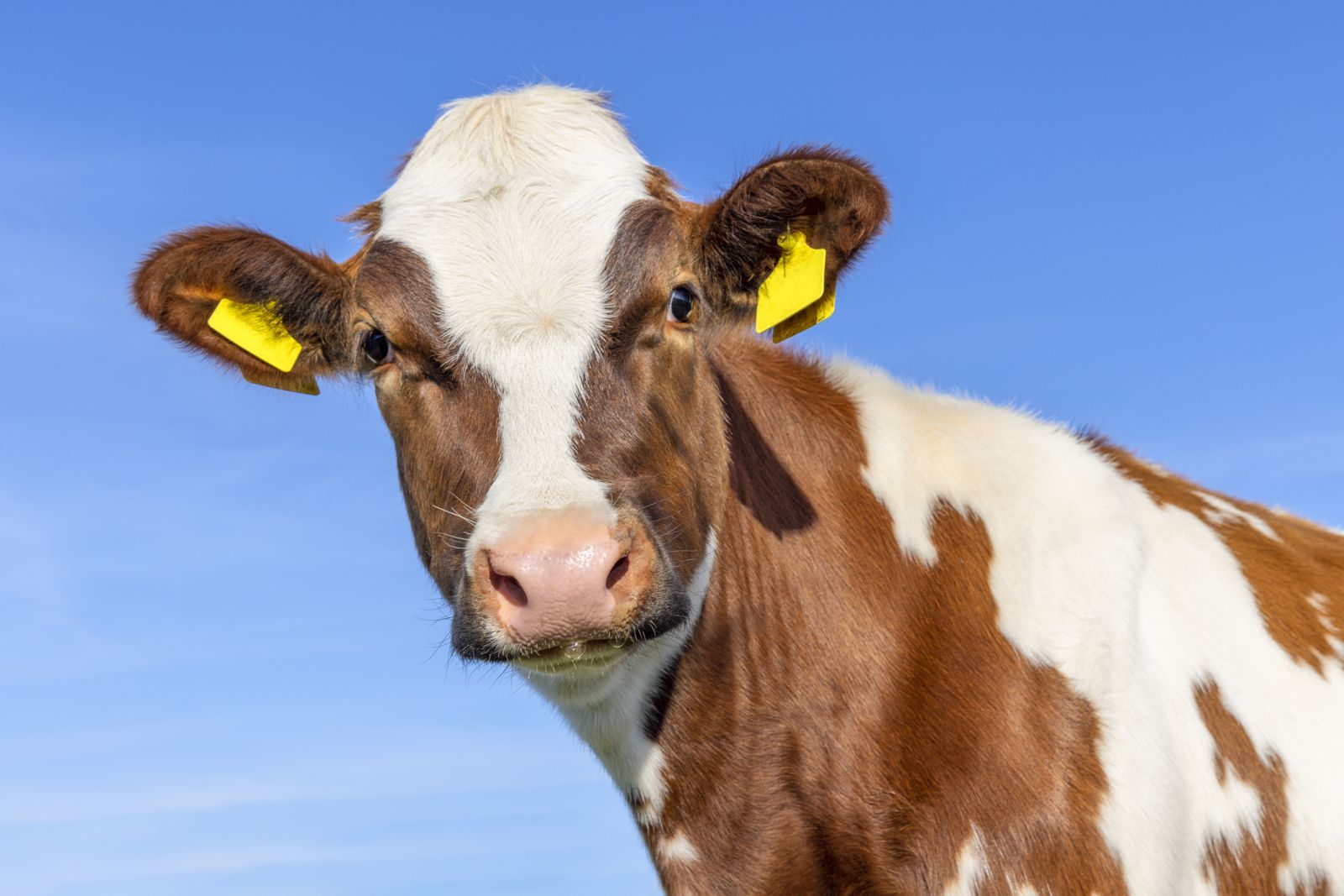
June live cattle futures (LEM25) hit a contract high of $207.30 a hundredweight on March 21 and then promptly backed off on profit-taking pressure from speculative traders. At that time the bears were licking their chops as the technical posture of June cattle suggested the bulls had finally become exhausted. However, the cattle market bulls stepped right back in to buy the dip in prices, with June cattle futures late last week pushing back to just below the contract high, while nearby April live cattle futures (LEJ25) scored a record high of $211.125.

In early January, the live cattle futures market scored contract highs and then saw a four-week downside correction, only to rebound sharply and move on to new contract record highs. The price action in the live cattle futures markets over the past three months shows that while this bull run is very mature, the bulls still have strength and resilience on price setbacks.
Cash Cattle and Beef Market Fundamentals Remain Strong
Staunch cattle bulls correctly point out that cash cattle (LEY00) and beef market fundamentals remain remarkably strong. The March 21 USDA cattle-on-feed report showed U.S. cattle and calves on feed for the slaughter market (feedlots with capacity of 1,000 or more head) totaled 11.6 million head as of March 1. The cattle inventory was 2% below March 1, 2024. Cattle placements in feedlots during February totaled 1.55 million head, down 18% from the same time in 2024. Placements were 1.49 million head. Marketings of feed cattle during February totaled 1.63 million head, 9% below 2024. While cattle traders expected a bullish monthly cattle-on-feed report, the data met and even exceeded bullish trader expectations.
Meantime, the latest monthly USDA cold storage report, out last week, showed bullish beef stocks data. The agency reported 428.1 million lbs. of beef in frozen storage at the end of February, down 27.0 million lbs. from January versus the five-year average decline of 10.6 million pounds. Beef inventories declined 9.9 million lbs. (2.3%) from February 2024 and 69.2 million lbs. (13.9%) from the five-year average.
Cattle market bulls are also looking forward to the seasonally better consumer demand for beef as the grilling season starts to ramp up in April. Still, even before grilling season gets under way, consumer demand for beef at the meat counter remains solid, as seen by Choice-grade boxed beef values north of $330.00 a hundredweight late last week.
Lean Hog Futures Bulls Need a Spark
The lean hog futures (HEM25) market saw a decent price rebound from the early March low that was put in after a steep selloff in late February. However, in the past two weeks, the hog futures market has languished in a sideways and choppy trading range.
The latest USDA hogs and pigs report, out last week, was deemed friendly for the hog futures market, showing the agency estimate the U.S. hog herd at 74.512 million head as of March 1, down 179,000 head (0.2%) from a year ago. Traders expected a 1.2% increase. The hog breeding herd at 5.980 million head declined 0.6%. The market hog inventory at 68.532 million head dropped 144,000 head (0.2%). The winter pig crop declined 0.2% and producers intend to farrow slightly fewer sows during spring (-0.2%) and summer (-0.8%). Every category in the hogs and pigs report was below market expectations.

Last week’s USDA cold storage report was neutral for lean hog futures prices, despite showing U.S. pork stocks totaled 423.1 million lbs. at the end of February, up 15.9 million lbs. from January but slightly less than the five-year average increase of 17.9 million lbs. for the month. Also, U.S. pork stocks declined 35.5 million lbs. (7.7%) from year-ago and 94.8 million lbs. (18.3%) from the five-year average.
The choppy lean hog futures market despite rallying cattle futures is due in part to seasonally price-bearish tendencies this time of year. The recent rise in hog weights has been seasonal in nature. However, don’t be surprised to see cash hog and lean hog futures see price strength in early April as packers and grocers gear up for the onset of the spring grilling season.
What to Watch in the Livestock Markets in the Coming Weeks, and How to Play It
Elements that could derail the bull market in cattle futures and push lean hog futures prices into a downtrend would be continued weaker U.S. consumer confidence readings. The down-trending U.S. stock indexes and increasing talk of a U.S. economic recession amid heightened global trade tensions have consumers moving to more downbeat attitudes as seen by recent consumer confidence reports. Though this scenario could actually benefit the hog futures market due to the potential for better consumer substitution demand for pork over beef.
The specter of less demand for U.S. pork from China, due to trade tensions between the U.S. and China, has been a bearish weight on the lean hog futures market the past several weeks.
For speculators wanting guidance on what to look for, regarding market tops in cattle futures or a significant trending move in lean hog futures prices, cattle futures traders need to watch for the following signals that would begin to suggest the futures markets have finally topped out:
- Two big down days in a row on price action.
- A technically bearish weekly low close on a Friday.
- Selling exhaustion from the bulls as seen by low-range daily closes in price becoming more prevalent.
- Declining open interest levels in cattle futures contracts.
Remember that trying to pick a market top by a naked short position is not wise. It would be better to consider buying out-of-the-money put options on cattle futures.
Regarding the hog futures market, the choppy trading range in June lean hogs is well-defined. The March low of $92.00 and the March high of $99.70 define the trading range. A move above or below that range likely would be the direction of the next near-term price trend.







